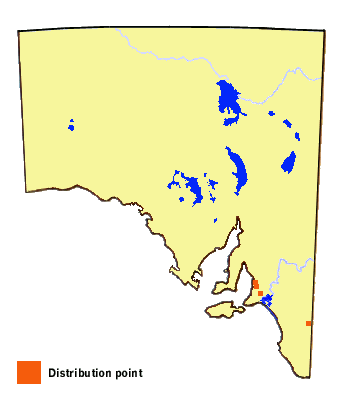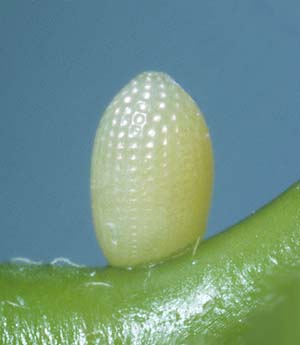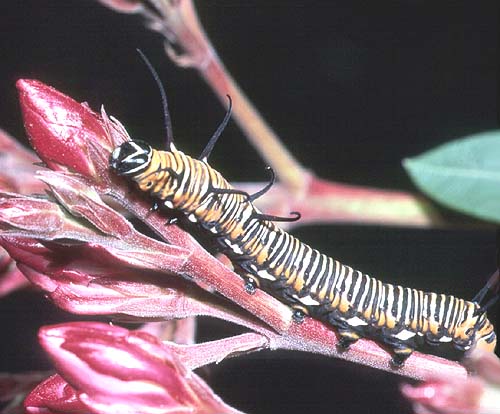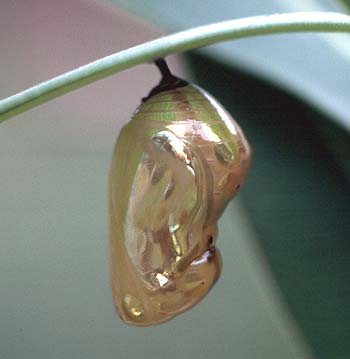Common Crow, Oleander Butterfly
Euploea core corinna (W.S. Macleay)
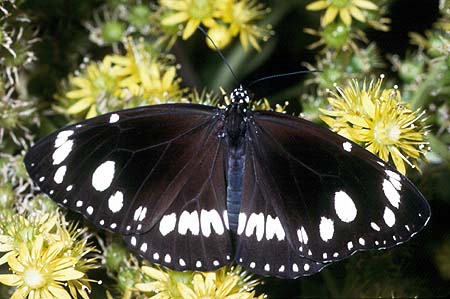
Interesting Aspects
These butterflies normally have a slow undulating flight, typical for butterflies with toxic (unpalatable) properties, but when alarmed can make off with rapidity. The butterflies acquire their toxicity through their larvae, which retain the toxins after eating the poisonous hostplant. The butterflies can obtain further toxicity by sucking (imbibing) poisons through their proboscis (mouth part), either from the flowers or sap (from wounds) or bark of its larval hostplants, or even from other poisonous plants like Heliotropium. They can even regurgitate dissolving fluids to aid in the process. They serve as models for other (palatable) mimetic butterflies in the brush-foot family. The males have a pair of concealed yellow brush-like hair pencils near the tip of the abdomen, which they are able to extend for mating purposes or as a deterrent to predators unaware of their toxic properties. These hair pencils can emit a characteristic musk-like odour. In the tropical north these butterflies aggregate in large numbers during the heat of the day in shady places.
